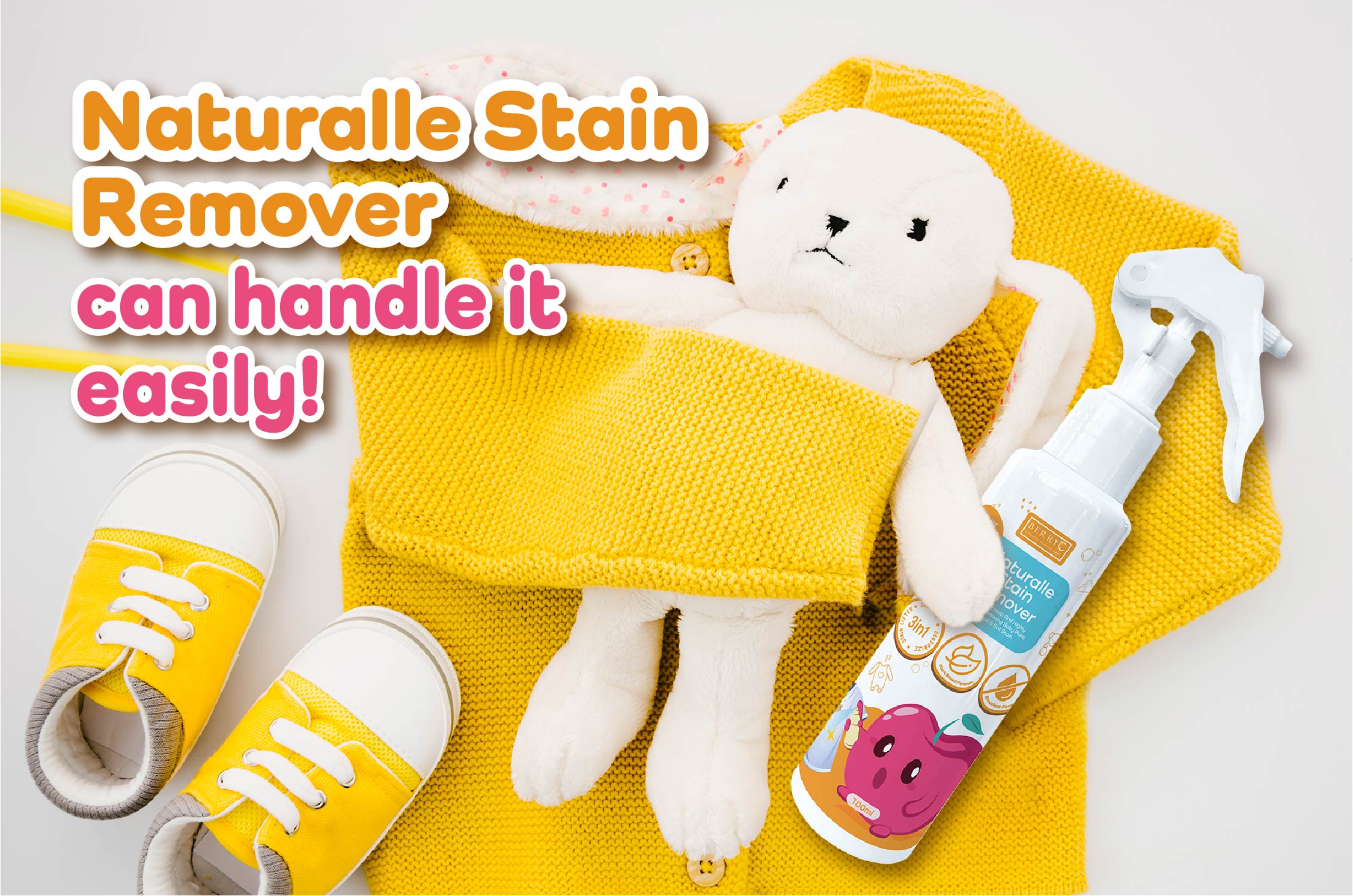

When it comes to tackling stains, knowing whether to use hot or cold water can make all the difference. Using the wrong temperature can sometimes set the stain, making it even harder to remove. In this blog, we’ll break down the scenarios in which you should use hot or cold water for cleaning different types of stains, ensuring your clothes and fabrics stay in pristine condition.

When to Use Cold Water for Cleaning Stains
1. Protein-Based Stains:
Examples: Blood, sweat, dairy products, eggs.
Explanation: Protein-based stains coagulate and set when exposed to hot water. Cold water prevents the proteins from bonding with the fabric, making it easier to rinse them out. Always start with cold water for these stains to avoid setting them permanently.
2. Fruit and Vegetable Stains:
Examples: Berries, tomatoes, fruit juices.
Explanation: Cold water helps prevent the pigments from setting into the fabric. Rinse the stained area with cold water as soon as possible to remove as much of the stain as you can before washing.
3. Tannin Stains:
Examples: Coffee, tea, wine.
Explanation: Cold water prevents tannin stains from setting into the fabric. Pre-treat the stained area with a suitable stain remover or detergent and rinse with cold water before laundering.
4. Mud and Dirt:
Examples: Soil, clay, grass.
Explanation: Rinse mud and dirt stains with cold water to remove as much of the debris as possible before it dries and hardens. This makes it easier to wash out the remaining stain without rubbing it further into the fabric.

When to Use Hot Water for Cleaning Stains
1. Grease and Oil Stains:
Examples: Cooking oils, butter, salad dressings.
Explanation: Hot water helps break down the grease and oil, making it easier to wash away. Pre-treat the stain with a detergent designed to cut grease, then wash in hot water for the best results.
2. Food Stains (Non-Protein):
Examples: Sauces, chocolate, non-dairy food products.
Explanation: Hot water helps dissolve and lift food stains from the fabric. Make sure to pre-treat the stain with a stain remover before washing in hot water.
3. Ink Stains:
Examples: Pen ink, printer ink.
Explanation: Some types of ink dissolve better in hot water. Check the ink type and use an appropriate solvent or stain remover before washing with hot water to effectively remove the stain.
4. General Cleaning:
Examples: Everyday dirt and grime.
Explanation: Hot water is effective for general cleaning and sanitizing fabrics. It helps break down a variety of stains and removes bacteria, ensuring your clothes are thoroughly clean.
Conclusion
Knowing when to use hot or cold water for stain removal can significantly improve your chances of keeping your clothes and fabrics looking their best. For protein-based, fruit, vegetable, tannin, and mud stains, always opt for cold water. For grease, oil, non-protein food, and ink stains, hot water is your best bet.
However, even with these tips, some stains can be incredibly stubborn. That’s where BerryC Naturalle Stain Remover comes in. Specially formulated to tackle even the toughest stains, BerryC Naturalle Stain Remover makes it easy to keep your fabrics spotless.

Click here to purchase BerryC Naturalle Stain Remover.
With the right knowledge and products, stain removal can be a breeze. Happy cleaning!

🍃 Patented Natural Ingredients
🏆 Baby Talk MamaPapa Award Winner
🧪 C12 Nature Blend
💯 Halal & GMP Certified Manufacturer
- TEVO Creations Sdn. Bhd. ( 1100424-K ) No. 2, Lorong Beringin 1, Taman Industri Beringin, 14100 Simpang Ampat, Pulau Pinang, Malaysia
- Customer Service: 6018 9888 070
USEFUL INFORMATION
HELP & SUPPORT


© 2024 Tevo Creations Sdn. Bhd.(1100424-K) All Rights Reserved.


